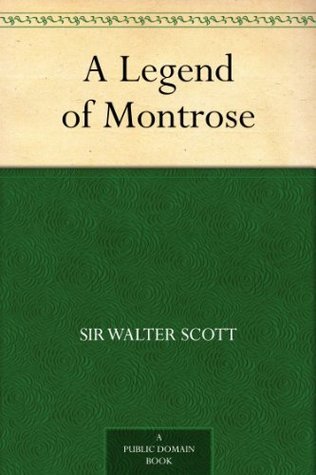
Part of Series
Early in 1817 Scott received in an unsigned letter the seed of The Heart of Mid-Lothian and began immediately to shape from historical fact the story of Jeanie Deans, a dairymaid who, while refusing to lie to save her sister’s life, journeys to London to beg for a reprieve. Set in the 1730s in a Scotland uneasily united with England, the novel dramatizes different kinds of justice: that meted out by the Edinburgh mob in the lynching of one Captain Porteous, and that encountered by a young girl on trial for infanticide. A bestseller from Philadelphia to St. Petersburg, an inspiration to succeeding novelists from Balzac to George Eliot, The Heart of Mid-Lothian is the seventh and finest of Scott’s ‘Waverley’ novels. This edition, based on the first edition of 1818, incorporates many new corrections from the manuscript and from other sources. Tony Inglis provides a full introduction to the historical background, and to the novel’s rich use of language and dialect, its themes and narrative modes.
Author

Librarian Note: There is more than one author in the GoodReads database with this name. British writer Sir Walter Scott popularized and refined a genre of ballads and historical novels; his works include Waverley (1814) and Ivanhoe (1819). Sir Walter Alva Scott created and called a series. Scott arranged the plots and characters so that the reader enters into the lives of great and ordinary persons, caught in violent, dramatic changes. Work of Scott shows the influence of the 18th century Enlightenment. He thought of every basically decent human, regardless of class, religion, politics, or ancestry. A major theme tolerates. They express his theory in the need for social progress that rejects not the traditions of the past. He first portrayed peasant characters sympathetically and realistically and equally justly portrayed merchants, soldiers, and even kings. In central themes, cultures conflict and oppose. Normans and Saxons warred. In The Talisman (1825), Christians and Muslims conflict. He deals with clashes between the new English and the old Scottish culture. Other great include Old Mortality (1816), The Heart of Midlothian (1819), and Saint Ronan's Well (1824). His series includes Rob Roy (1817), A Legend of Montrose (1819), and Quentin Durward (1823). Amiability, generosity, and modesty made Scott popular with his contemporaries. He also famously entertained on a grand scale at Abbotsford, his Scottish estate.

